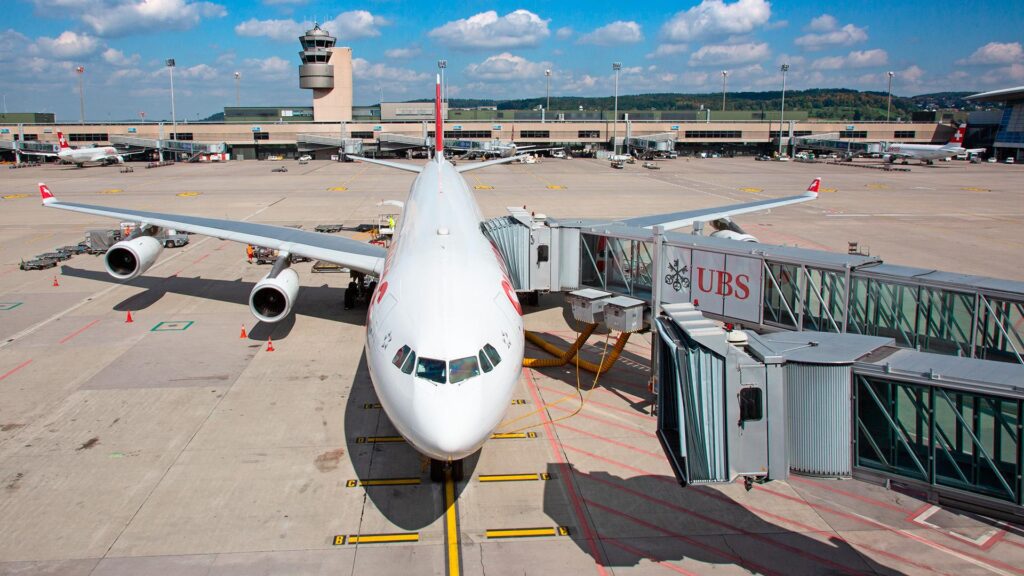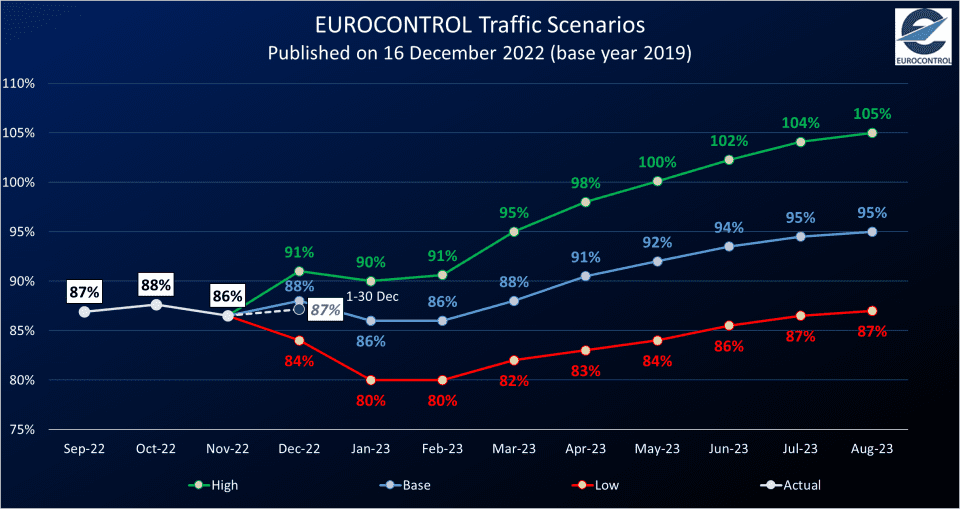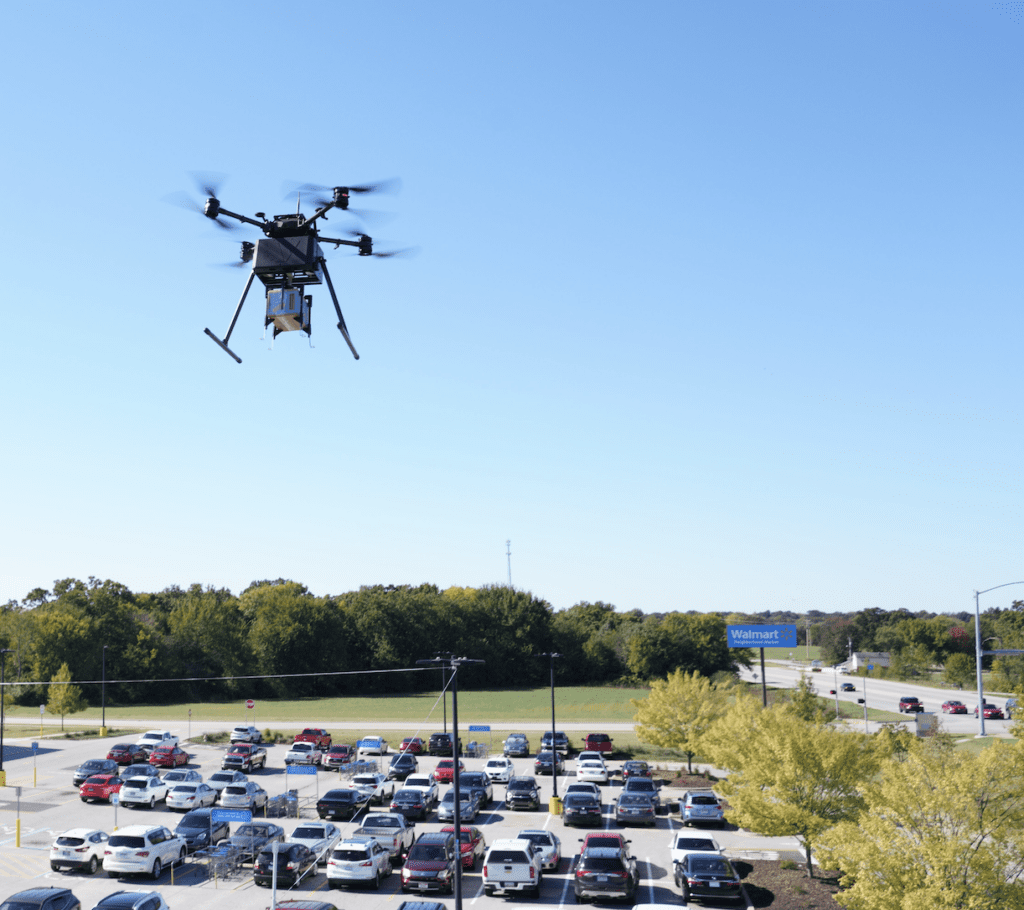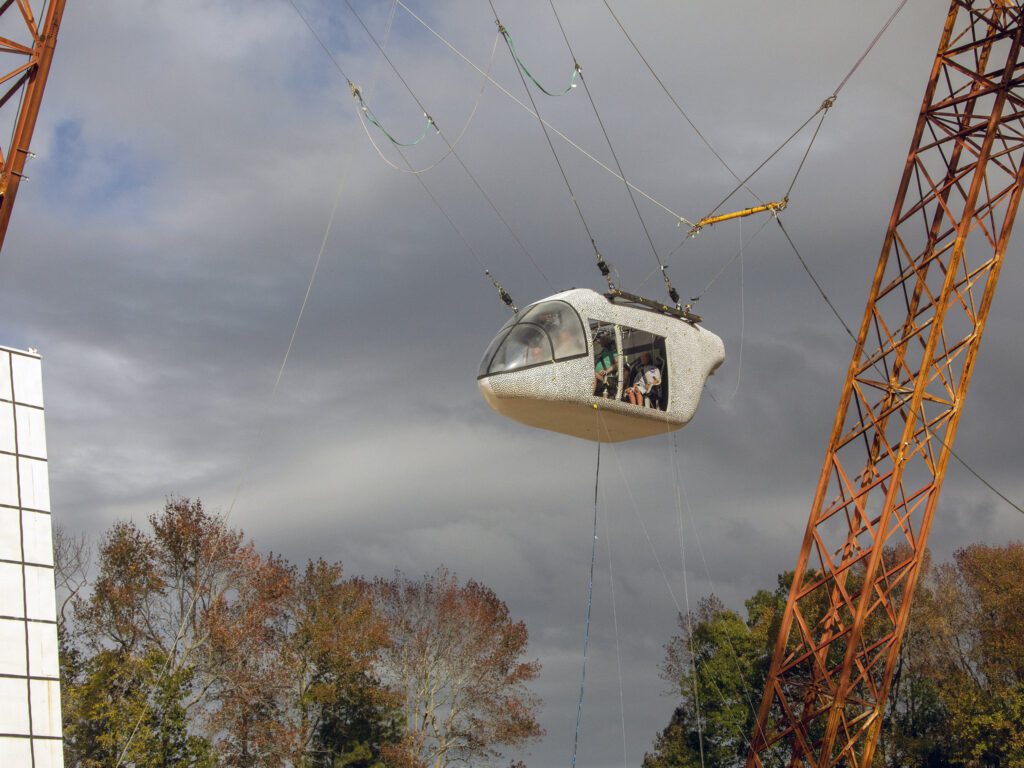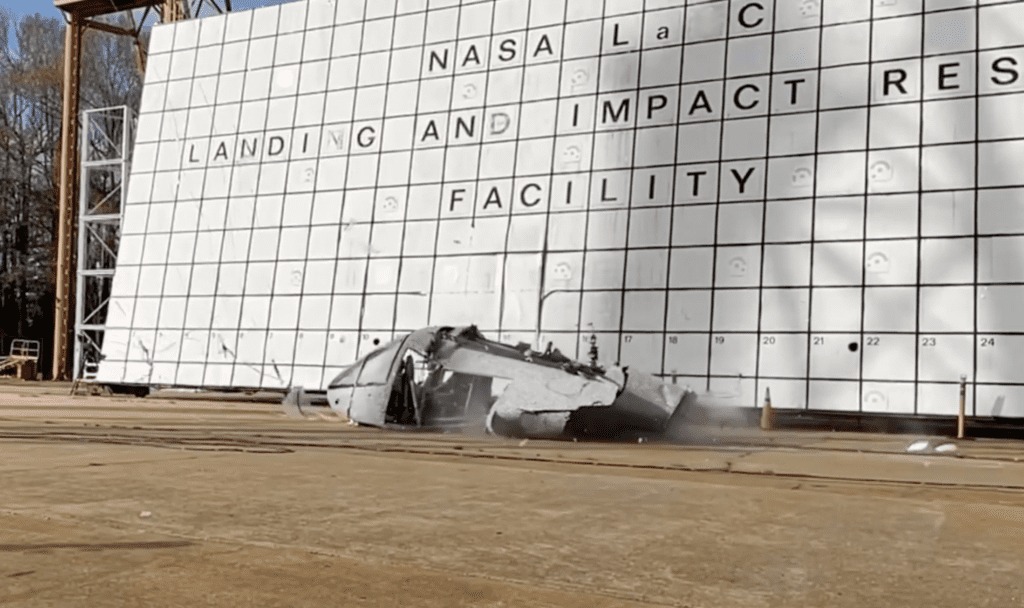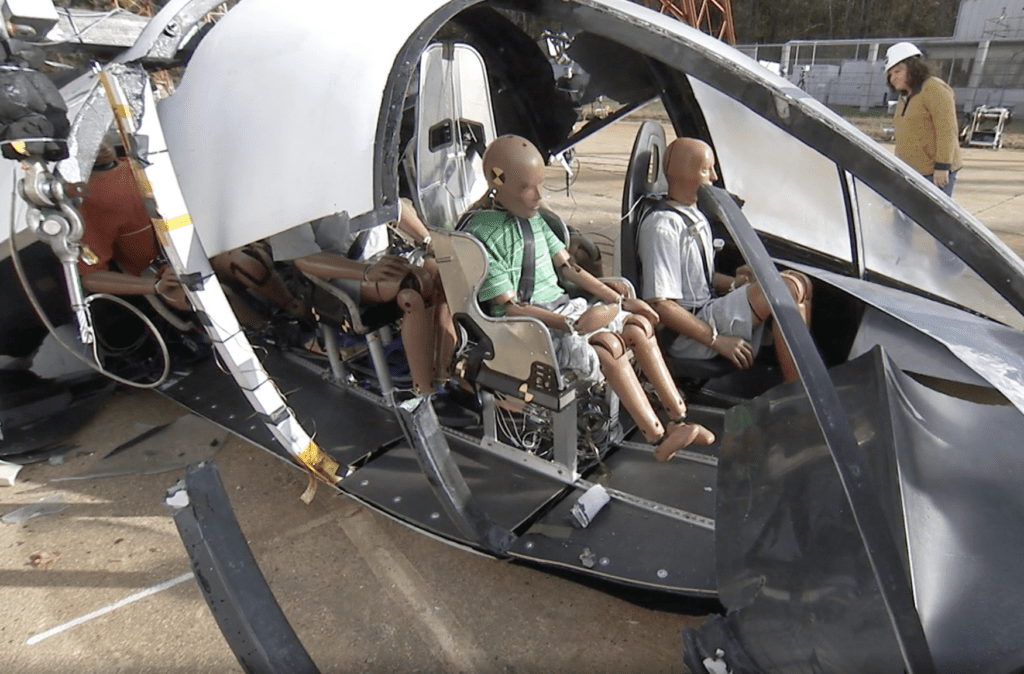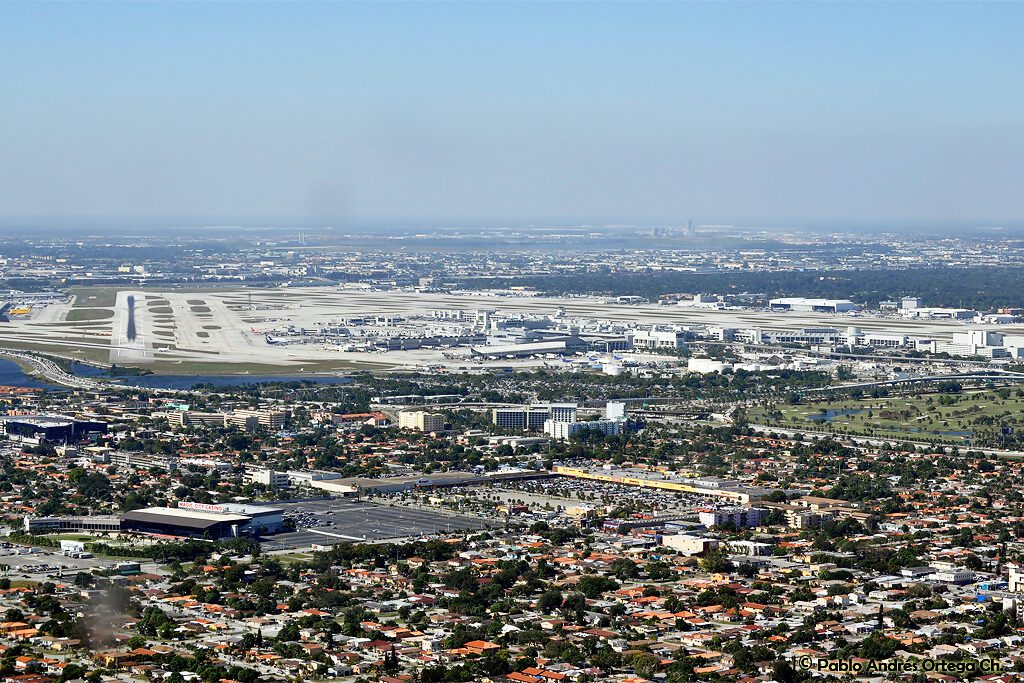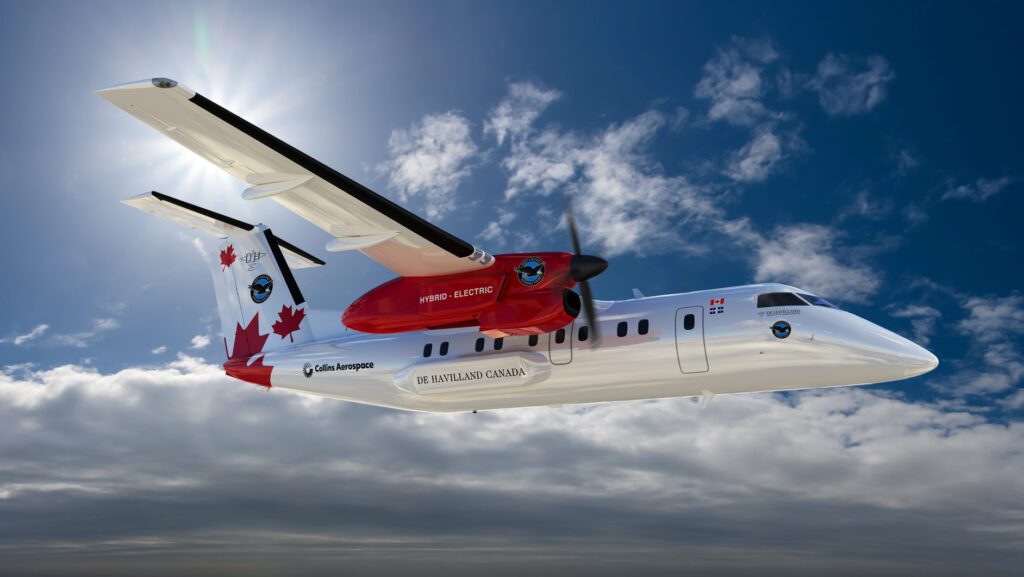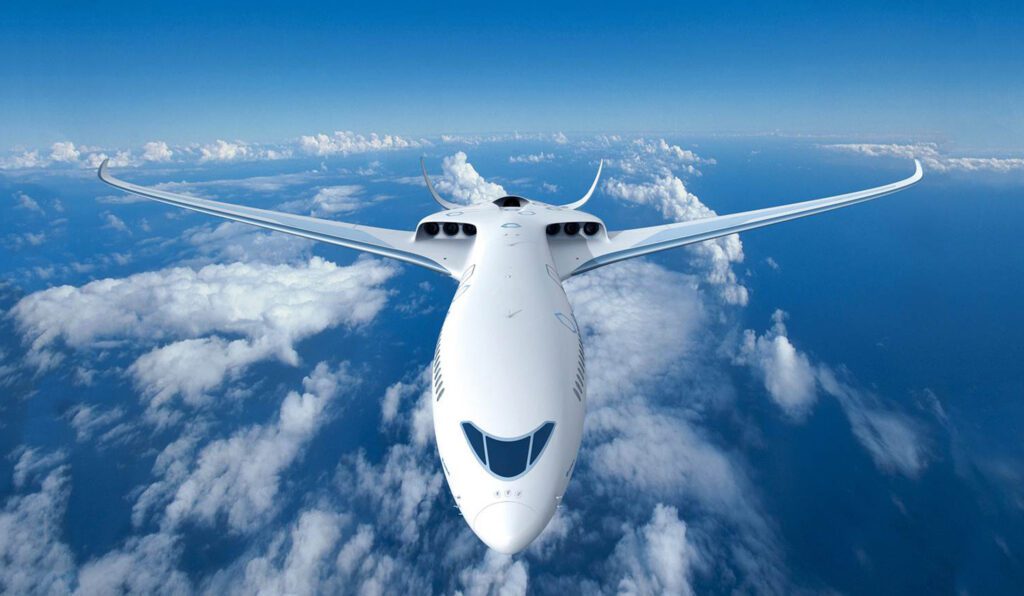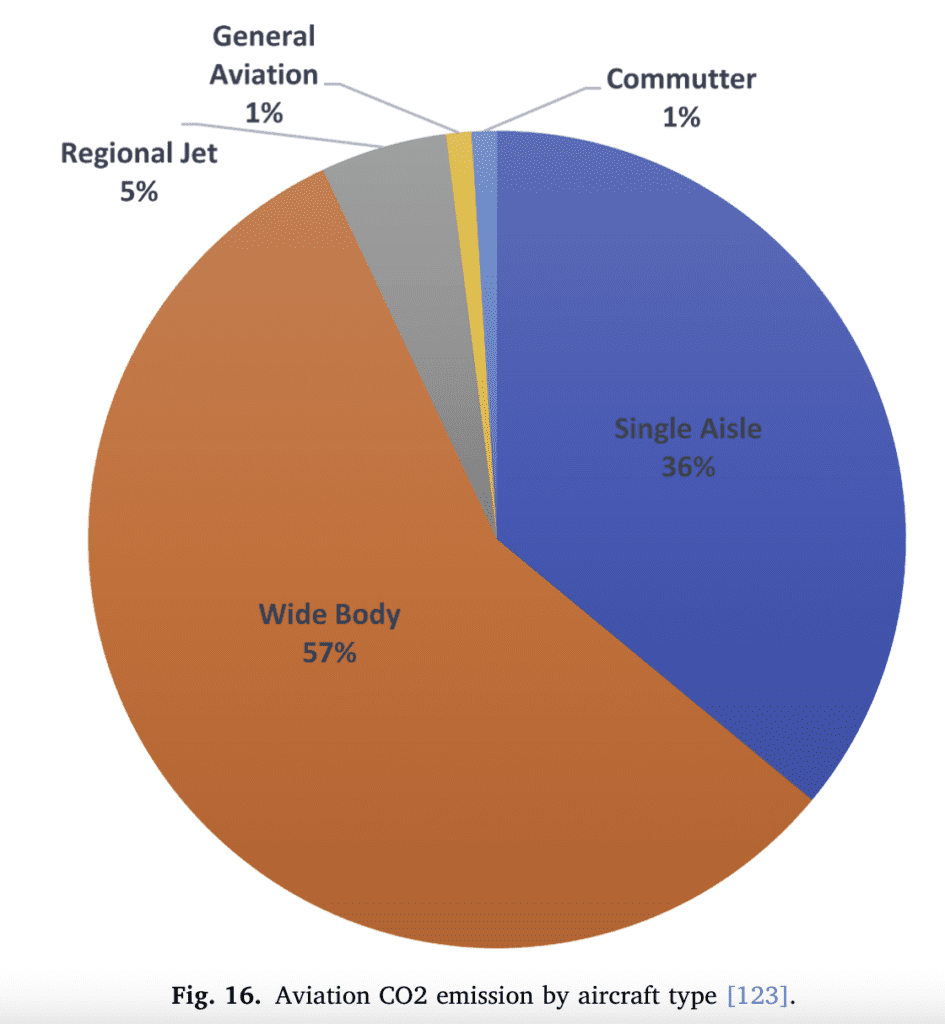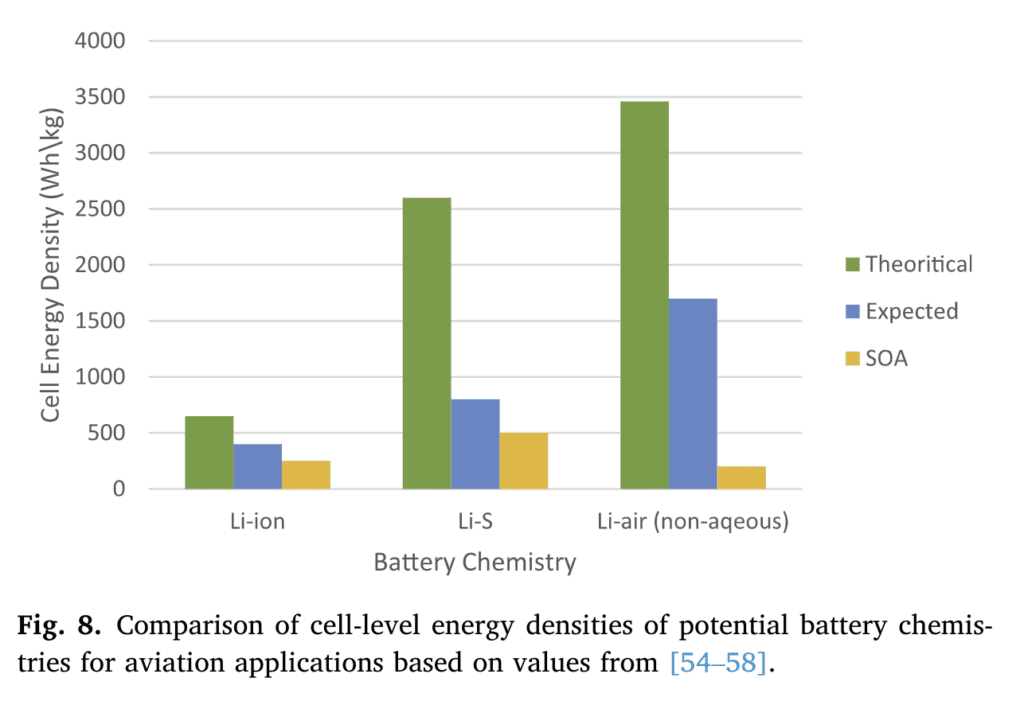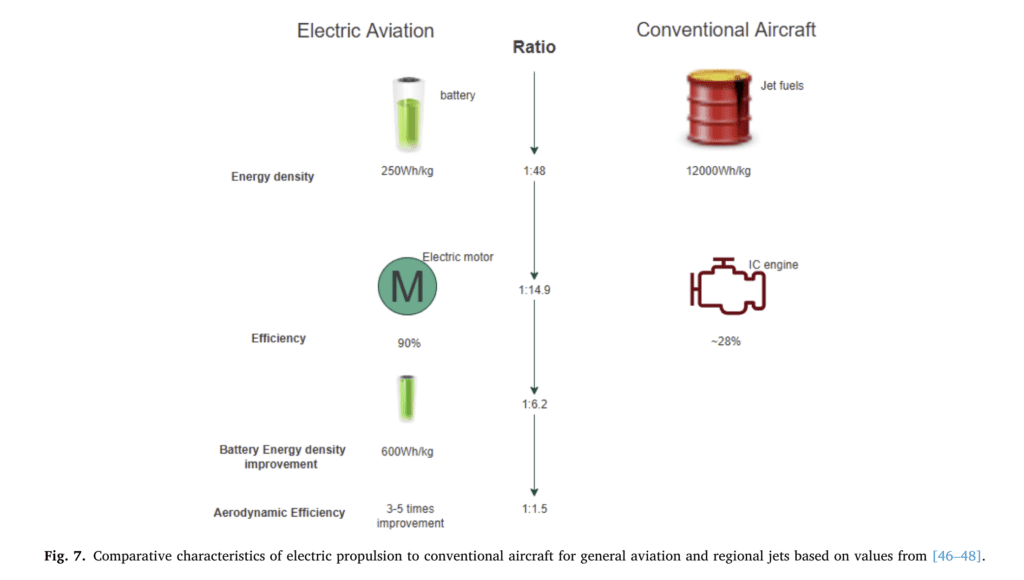Power Outage Disrupts Flight Operations in the Philippines
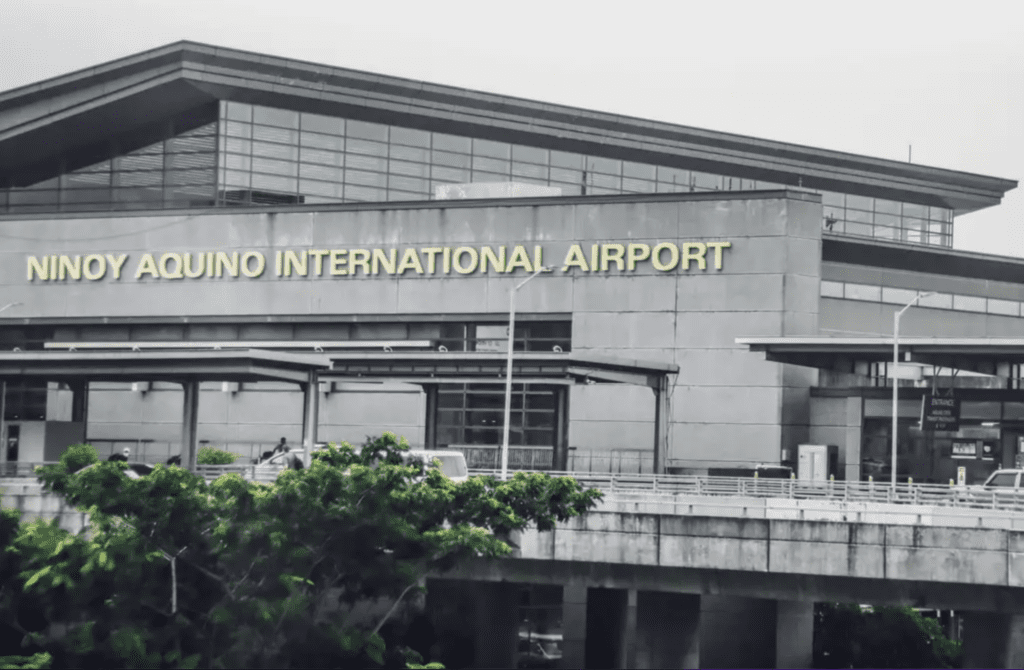

Manila’s Ninoy Aquino International Airport in the Philippines encountered operational disruptions due to a severe power outage as thousands tried to return home after the holiday season. (Photo: Marielle Descalsota/Insider)
Returning demand for air travel combined with the busy holiday season has led to millions of travelers across the world to return to the skies as they traveled to visit family and loved ones. While this is good news for the airline industry, this demand surge has been accompanied with operational disruptions that have left thousands of passengers stranded or scrambling to arrange alternative travel plans. Manila’s Ninoy Aquino International Airport has become the next hub to encounter operational disruptions as thousands tried to return home after the holiday season.
These operational disruptions were caused by a severe power outage that occurred on Sunday morning. At around 9:50 a.m. local time, a blower for the uninterrupted power supply (UPS) began breaking down. At this time, the backup UPS also failed to come online, which resulted in the internet, radios, radars, and other communication channels shutting down. Because of this, the airport’s Air Traffic Management Center was forced to suspend operations. Just after noon, some power was able to be restored. However, due to a following power surge, several critical very small aperture terminals (VSATs) were broken.
As a result of this power outage and the Air Traffic Management Center suspending operations, 282 flights were impacted. Some were delayed, some canceled, and several inbound flights were forced to divert to other airports. For example, Qantas Flight #19 departed Sydney, Australia, bound for Manila at just after noon local time on Jan. 1. However, three hours into the flight, it was forced to turn around and fly back to Australia as a result of the air traffic control shut down. By that afternoon, all airlines were restricted from landing in Manila.
To make matters worse, as a result of these disruptions, no aircraft could even use the airspace above the Philippines. This meant several flights that were currently en route were forced to deviate from their flight plans and take an alternative course. On New Year’s Day alone, 56,000 passengers were impacted by the power outage. By late afternoon, several flights were able to arrive and depart from Manila, but many have criticized the Philippines’ air traffic control technology and questioned how something like this could happen.
Jaime Bautista, the Secretary of Transportation for the Philippines, explained that he too was frustrated by the power outages and unhappy with the current technology the country’s air traffic control system uses, saying, “This was an air traffic management system issue. If you will compare with Singapore’s, for one, there is a big difference—they are at least 10 years ahead of us.”
Fixing the issues with the Philippines’ outdated air traffic control system would be a complex and costly task that could take years to fully implement. In fact, by the time the current system was fully in place, it was already outdated due to delays in the rollout of the technology. In the meantime, the transportation department has worked with the airlines to get passengers food and accommodations. Future investigations into this problem and the entire air traffic control system are likely to follow in the near future.
The post Power Outage Disrupts Flight Operations in the Philippines appeared first on Avionics International.
—————
Boost Internet Speed–
Free Business Hosting–
Free Email Account–
Dropcatch–
Free Secure Email–
Secure Email–
Cheap VOIP Calls–
Free Hosting–
Boost Inflight Wifi–
Premium Domains–
Free Domains






